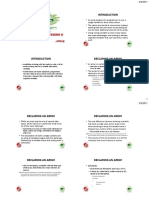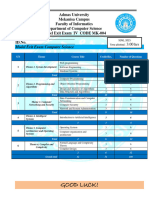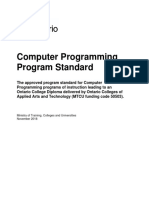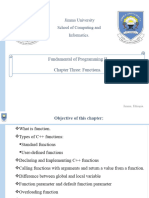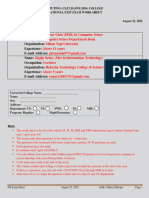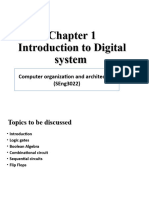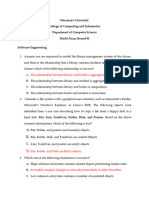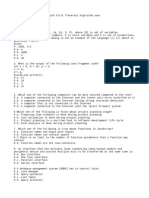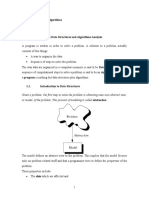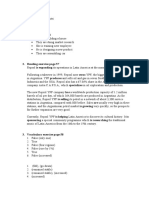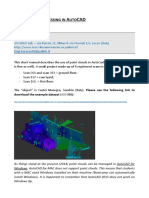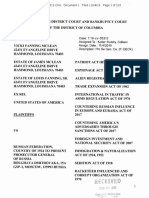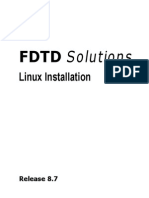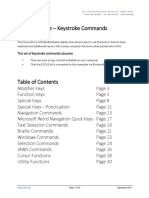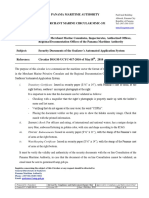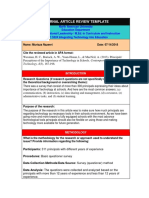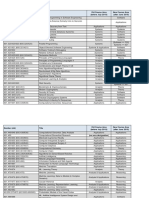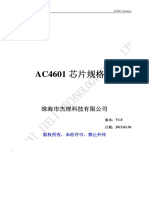0% found this document useful (0 votes)
449 views13 pagesData Structure and Algorithms: Sem. I
This document outlines a course on data structures and algorithms. It covers topics like abstract data types, common data structures like stacks, queues, trees and graphs. It also covers algorithms for sorting, searching and analyzing time/space complexity. The course aims to introduce important concepts and enable students to solve real-world problems. Students will learn to implement data structures in a programming language. The document provides the course outline, goals, prerequisites and assessment methods. Key chapters include introduction to data structures and algorithms, linked lists, stacks, queues, trees, graphs and advanced sorting/searching algorithms.
Uploaded by
Abdissa Abera BachaCopyright
© © All Rights Reserved
We take content rights seriously. If you suspect this is your content, claim it here.
Available Formats
Download as PPT, PDF, TXT or read online on Scribd
0% found this document useful (0 votes)
449 views13 pagesData Structure and Algorithms: Sem. I
This document outlines a course on data structures and algorithms. It covers topics like abstract data types, common data structures like stacks, queues, trees and graphs. It also covers algorithms for sorting, searching and analyzing time/space complexity. The course aims to introduce important concepts and enable students to solve real-world problems. Students will learn to implement data structures in a programming language. The document provides the course outline, goals, prerequisites and assessment methods. Key chapters include introduction to data structures and algorithms, linked lists, stacks, queues, trees, graphs and advanced sorting/searching algorithms.
Uploaded by
Abdissa Abera BachaCopyright
© © All Rights Reserved
We take content rights seriously. If you suspect this is your content, claim it here.
Available Formats
Download as PPT, PDF, TXT or read online on Scribd
/ 13













